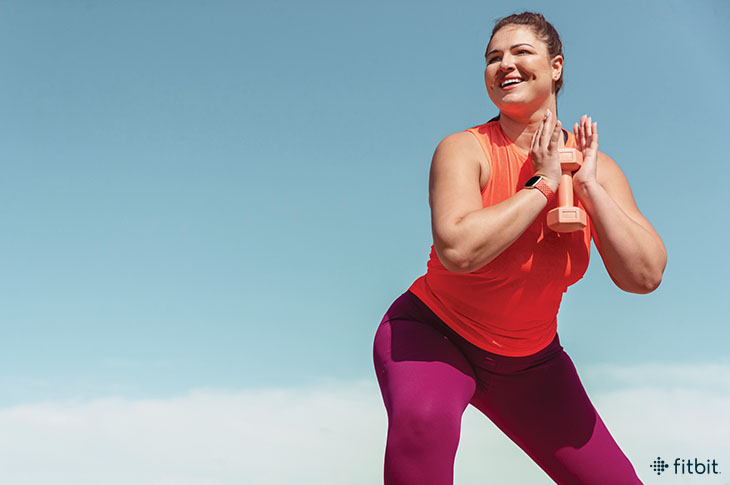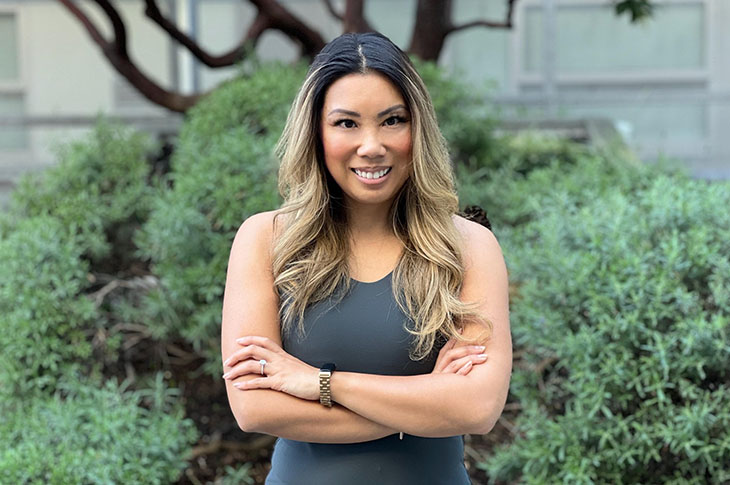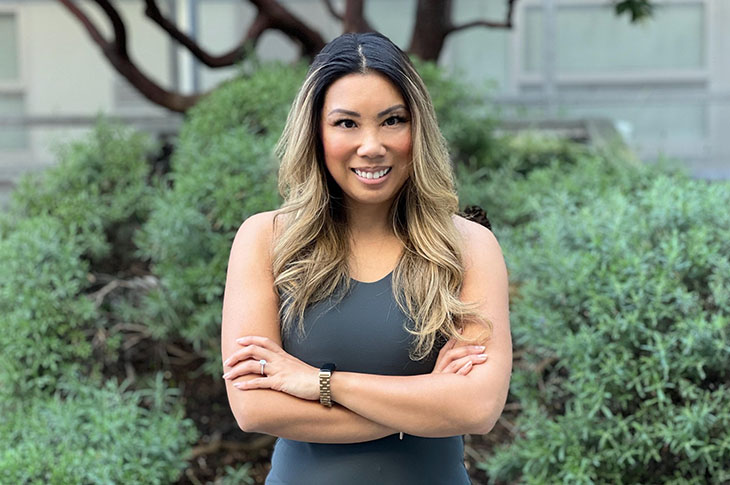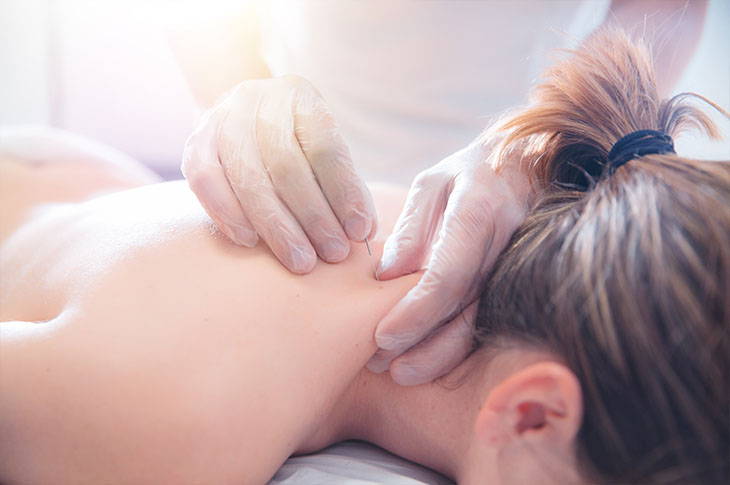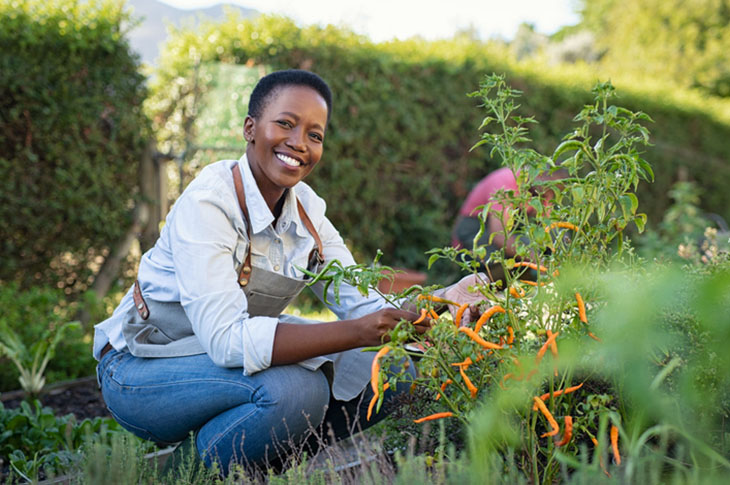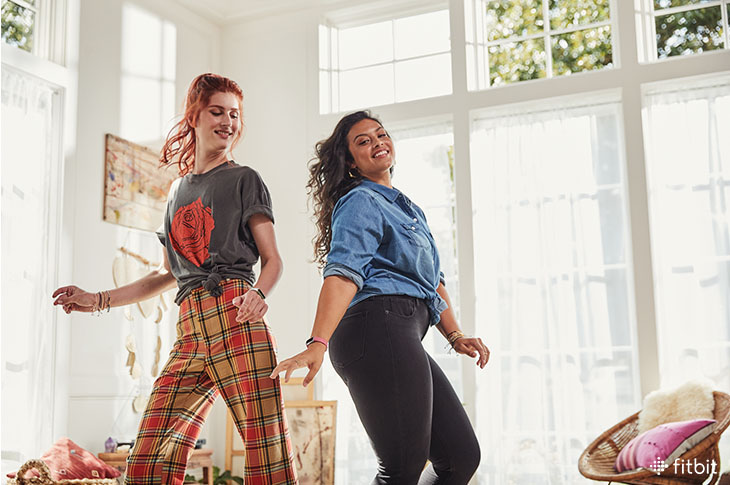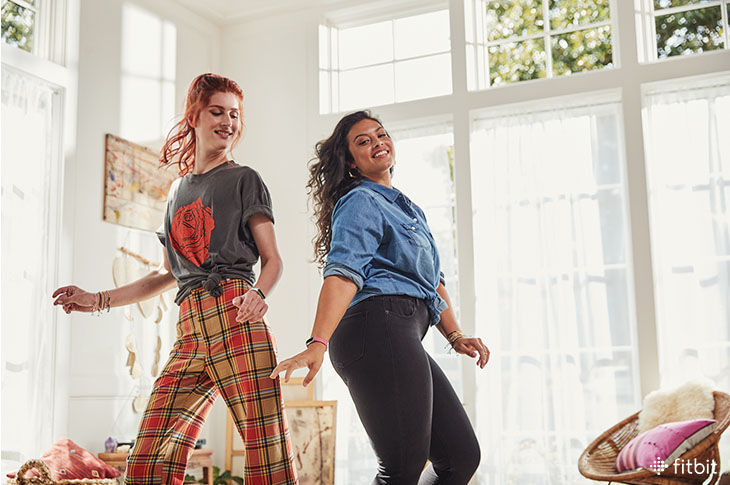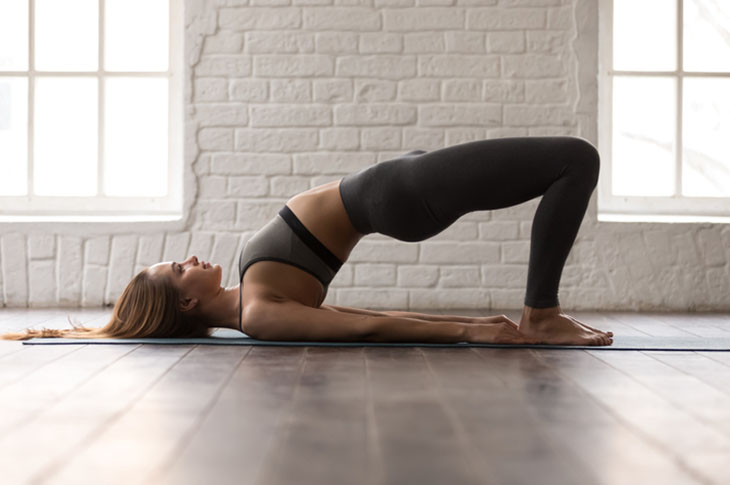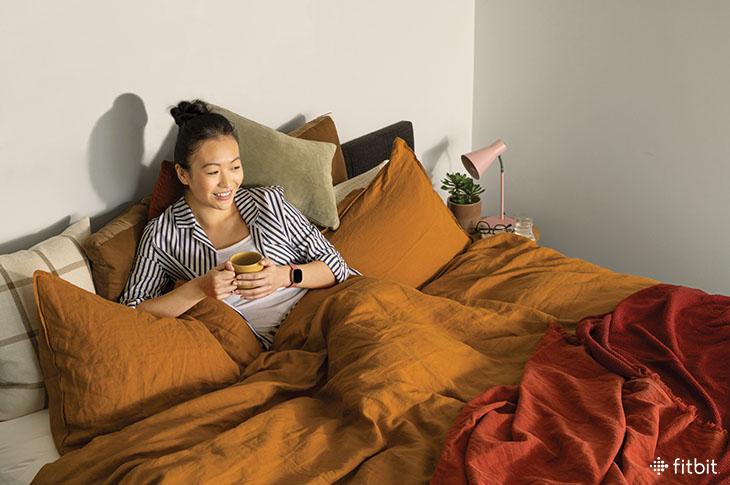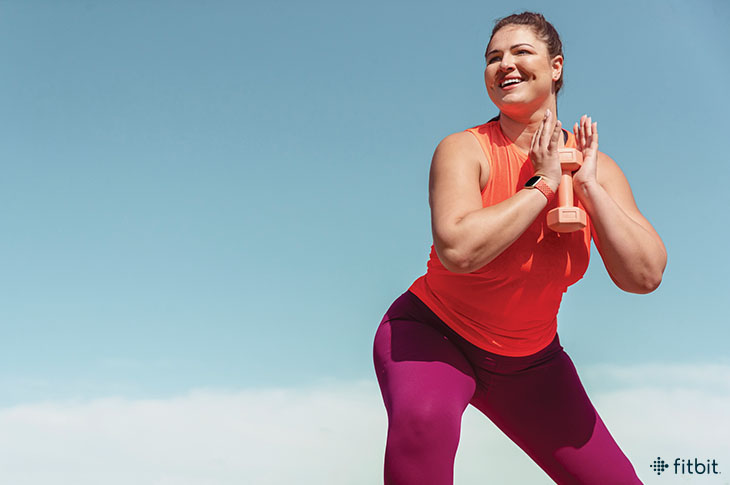
Whether you can’t fall asleep or can’t stay asleep, working out is one of the best things you can do for a restful slumber. But to fully reap the sleep-enhancing powers of exercise, when you move—and the type of activity you choose—can make a big difference in how quickly you nod off and how soundly you sleep.
Exercise promotes sleep in several ways
Have you ever noticed that you conk out more quickly on days that you hit the gym? There’s a reason for that. Physical activity is like a natural tranquilizer, helping your mind relax, so you’re less likely to toss and turn and more inclined to drift off peacefully. Once you do, you’ll also sleep longer and more soundly. That’s because exercise (especially cardio) helps increase slow-wave sleep, the deep, rejuvenating stage of sleep that helps you wake up feeling restored and refreshed.
Working out has other benefits too. For example, exercise is energizing, meaning you’ll be less likely to nap during the day, which can interfere with sleep at night, says Scott Collier, PhD, FACSM, a professor of cardiovascular exercise science at Appalachian State University. “In addition, physical activity may protect against weight gain, which is a significant cause of sleep apnea that can also impair sleep,” he adds.
Timing is an individual matter
Maybe you’ve heard you should avoid working out in the evening? Not necessarily. “This really depends on the person,” says Collier. “Some people can sleep anywhere, anytime, and others cannot exercise close to bed without it impacting their sleep.”
However, there is one exception, says Shawn Youngstedt, PhD, a professor in the Edson College of Nursing and Health Innovation at Arizona State University. “For most people, evening exercise does not seem to impair sleep,” he explains. “But there is some evidence that it impairs sleep in perhaps 20 percent of people with insomnia.” So, if nighttime workouts make you feel wired, try to exercise before dinner.
All kinds of exercise can help
Most research regarding the sleep-related benefits of exercise has focused on aerobic exercise. But resistance training, stretching, and yoga have also been linked to better Zzz’s. The thing is, when you do each of these types of exercise may have a substantial impact on the quality of your sleep. For maximum slumber, here’s how to time your workout.
In the morning, think cardio. There’s a biological reason why all the treadmills in the gym are taken in the morning. Performing cardio early in the day helps clear the body of hormones that increase heart rate and potentially impair sleep, explains Collier.
For an even bigger bang, take your aerobic workout outside. According to a recent study, daylight from outdoor morning exercise may help regulate circadian rhythms, priming the body for better sleep later in the evening.
In the afternoon, think resistance training. Weight training can do good things for your sleep in multiple ways, helping you nod off faster, sleep more soundly, and feel more alert throughout the day, according to a recent Sleep Medicine Review’s review of 13 studies.
But if morning is best for cardio, then afternoon is ideal for strength training, says Collier. And not just because that’s when muscle strength is at its peak. When you lift in the afternoon, your body temperature rises for four to five hours. Since the body is programmed to be warmer during the day and cooler at night, this temperature spike helps you stay awake and alert. Then in the evening, as the body starts to cool down, your brain assumes it’s bedtime, so you begin to feel drowsy.
In the evening, think yoga or gentle stretching. Few things melt away stress like a little time on the yoga mat. No wonder more than 55 percent of yogis report superior sleep. Before you get out your strap and blocks, it can be helpful to know that some forms of yoga are more conducive to sleep than others. For example, sweat-inducing hot or flow yoga can raise your heart rate and body temperature, which isn’t exactly great for sleep.
On the other hand, relaxing Hatha or Nidra yoga focus on slow, calming breathing and stretching that help you wind down and prepare to drift off to dreamland.
The post The Best Time to Exercise for a Better Night’s Sleep appeared first on Fitbit Blog.

